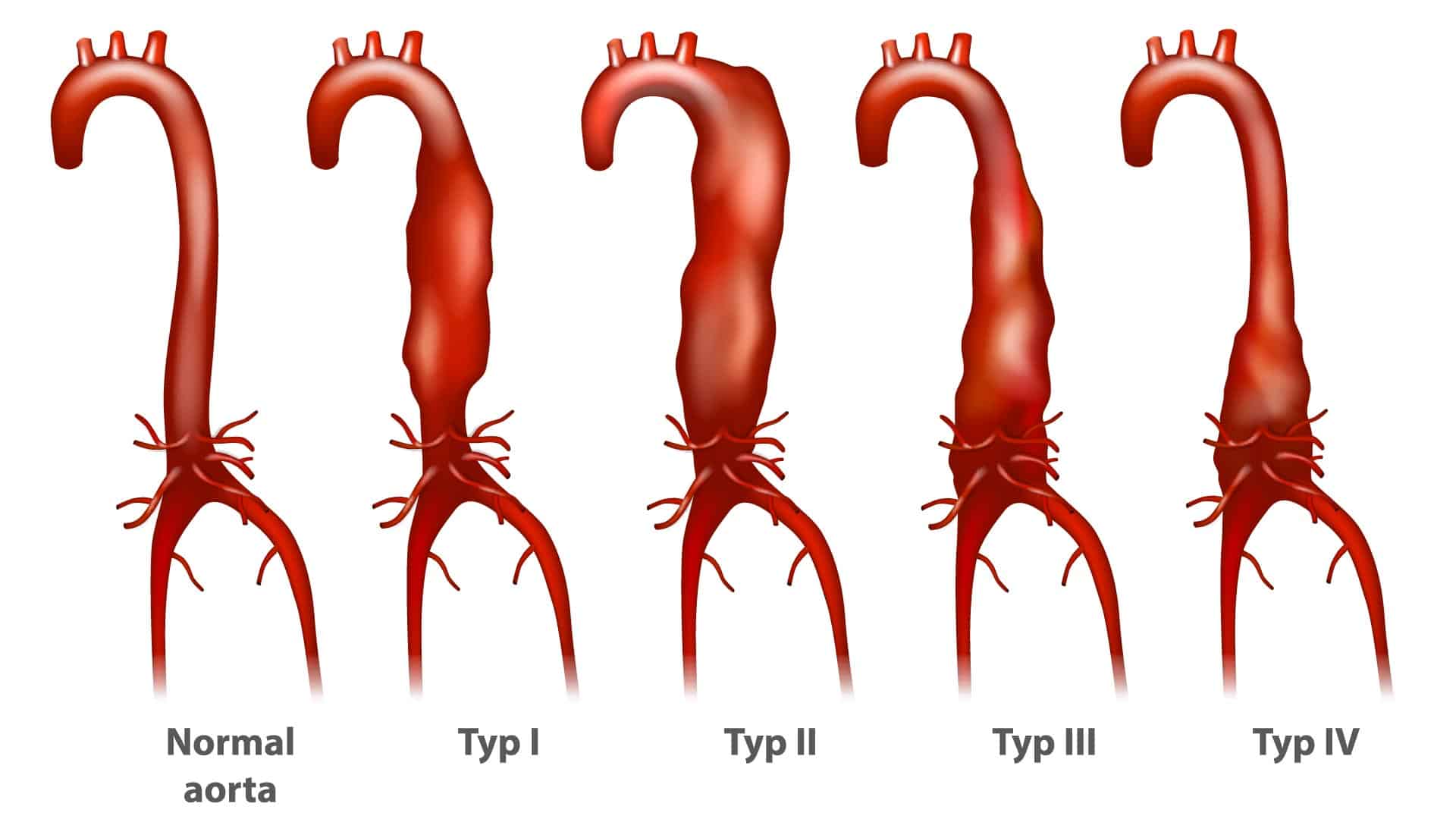The stomach, intestines, kidneys and other vital organs get oxygen from the arteries of the abdominal aorta. However, in abdominal aortic disease, damage occurs that prevents the normal oxygen flow.
Abdominal aortic disease can cause the aorta to split (dissection) or dilate (aneurysm). In either case, the results can be fatal. Here’s a closer look at the symptoms, causes, and risk factors for this disease, plus the treatments Maryland Vascular Specialists can provide.



